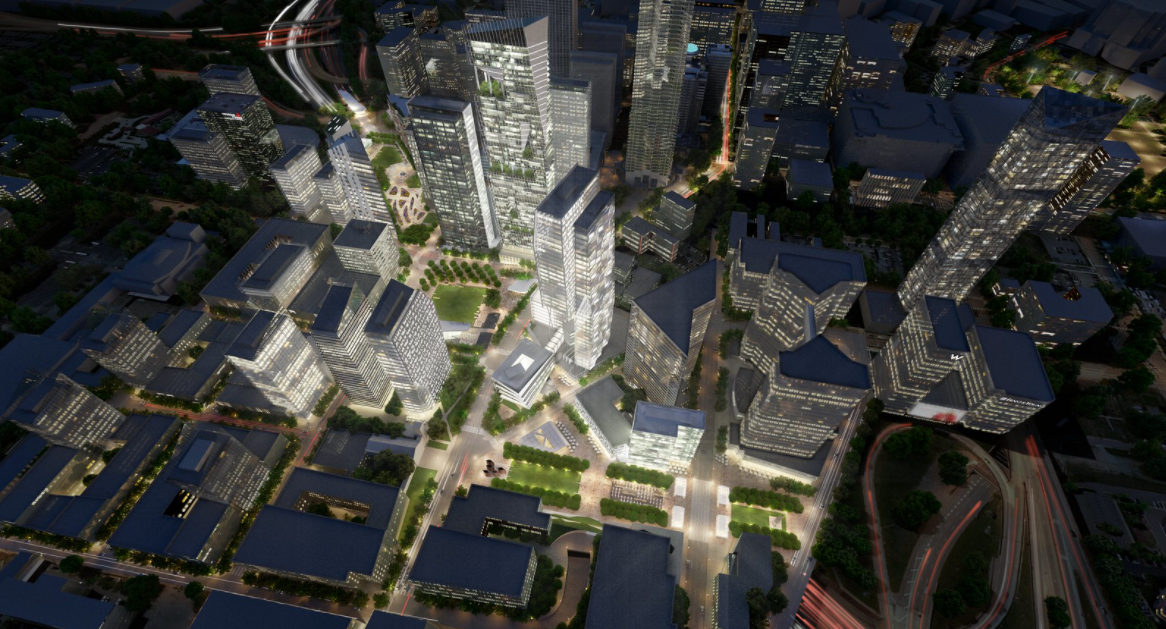The Stitch project aims to cap the Downtown Connector with promise of park space which would connect Downtown Atlanta over interstate I-75/I-85. The ambitious infrastructure project was recently awarded a $900,000 grant through the Rebuilding American Infrastructure with Sustainability and Equity grant program, RAISE. This announcement comes after another Atlanta infrastructure project, the Atlanta Beltline, received a $16.4 million RAISE grant to construct 2 miles of the Southside trail.

The Stich project has the potential to reconnect the city and provide 14 acres of greenspace. Other objectives include:
- Catalyze new development, including affordable housing. It is estimated that The Stitch could result in $1.7 to $2.5 billion in value creation and generate $21 to $58 million in new revenue.
- Redress the long-standing physical separation characterized by largescale infrastructure, noise, pollution, and flooding in the community created by the construction of a 16-lane interstate highway.
- Reconnect the local street grid through new street segments and retrofits of existing rights-of-way to create safe, pedestrian-oriented, bikeable, storefront oriented streets.
- Improve access to jobs by fostering transit-oriented development at the Civic Center MARTA rail station and introducing an off-street local and commuter bus facility for improved passenger connections.
- Create accessible and programmed urban greenspace to improve the quality of life for current citizens and those enticed to relocate here to occupy newly built affordable and attainable housing in the preeminent intown location.
- Reestablish a vibrant community amenity with quality civic infrastructure and interconnected open spaces that contribute to health and wellness.
- Enhance safety on the Connector through the addition of a compliant shoulder and reduction in recurring flooding due to improved stormwater management.
- Improve the sustainability of Downtown Atlanta by locally addressing flooding and mitigating noise and air quality impacts, while broadly lowering emissions, increasing pedestrian and bicycle use, and incorporating innovative climate change mitigation strategies such as carbon capture technology.
